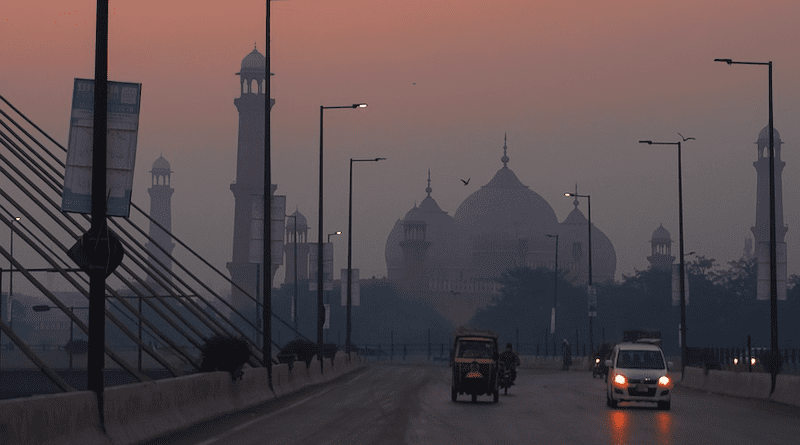The Impending Climate Crisis: Implications For Global Stability And Resilience – OpEd
By Nadir Ali
Global warming and climate change are two significant indicators of environmental change that are closely linked. In addition to having an impact on the environment, they also symbolize urgent social crises that exacerbate inequality in many different dimensions.
To tackle these issues, all-encompassing approaches are required, with a focus on social inclusion, equity, and justice in addition to environmental conservation initiatives. Therefore, managing the complexity of climate change and promoting a sustainable future for all require a comprehensive strategy that takes into account the environmental and social dimensions. The likelihood that Earth will cross a precarious threshold for global warming in the near future is very high, most likely within the next ten years. In order to stop this trajectory from getting worse, countries need to move quickly and drastically away from using fossil fuels. The average temperature of Earth has increased by about 1.1 degrees Celsius since the beginning of the industrial era. It is very necessary for developed countries to work together to reduce greenhouse gas emissions.
This will require a significant reduction of about half by 2030 and a complete elimination of carbon dioxide emissions from the atmosphere by the early 2050s. The greatest existential threat to our planet is the menacing specter of climate change. The extinction of hundreds of thousands of species, severe crop and fishery failures, and the devastation of entire communities are all predicted by the failure to reduce greenhouse gas emissions resulting from the burning of fossil fuels. Since rising sea levels and more intense weather are being caused by global warming, estimates suggest that the area covered by our country’s floodplains could increase by about 45 percent by the year 2100.
But where will the necessary money come from, especially for countries like Pakistan, which are facing a variety of difficulties like severe weather, outside shocks, and mounting national debt? This is the crucial question. The financial estimate, as explained in the World Bank’s 2022 Country Climate and Development Report for Pakistan, is staggering and emphasizes this dilemma. By 2030, the report projects a massive requirement of approximately $348 billion. This funding is dire not only for resilience but also for establishing a sustainable path within a framework that adapts to climate change. Simultaneously, the combination of periodic deluges and glacier retreat during the summer heatwaves reworks the structure of people lives, changing social and economic environments. Albeit, people are plunged into an ongoing battle to rebuild with resilience, even as they deal with the destruction caused by climate change, which continues to pose a threat to their stability.
Pakistan has experienced an increase in average temperature over the last 50 years, about 0.3 degrees Celsius per decade. The global average for the same period was about 0.2 degrees Celsius per decade, but this rate of warming is higher. According to a conservative estimate, it is expected that Pakistan’s temperatures will rise by about 1.0 degrees Celsius by 2030, starting in the year 2000. There could be tens of millions more people visible to potentially fatal conditions like heat waves, water scarcity, and coastal inundation due to the difference between a 1.5-degree Celsius rise and a 2-degree Celsius increase. While irreversible loss is anticipated in the event of a 2-degree Celsius warming, grave ecosystems like coral reefs and summer Arctic sea ice may survive global warming of 1.5 degrees Celsius.
However, it is noteworthy that Pakistan’s drizzle patterns do not show a consistent trend. Meanwhile, in Pakistan, temperatures have risen to previously unheard-of heights for three years running, with at least one record high of 53°C (127.4°F). Pakistan has taken the lead in creating a national adaptation plan, realizing the urgency of the situation and aiming to create a comprehensive, government-wide approach supported by a flexible framework of tools. Against the backdrop of inaction on the part of the international community, this tactical effort aims to protect the population from the aggravating effects of heatwaves. It emphasizes the need for early action to protect the country from the impending transition into a “red planet” that is predicted for the summer of 2024.
Lastly, the severe lack of resources has caused a great deal of suffering, especially in places like Pakistan. It is essential that wealthy countries and international organizations provide significant support to address this crisis. Industrialized nations have a moral obligation to combat global warming by providing aid to developing nations to enhance public health emergency preparedness. We can work together to create a future that is more sustainable and resilient.

